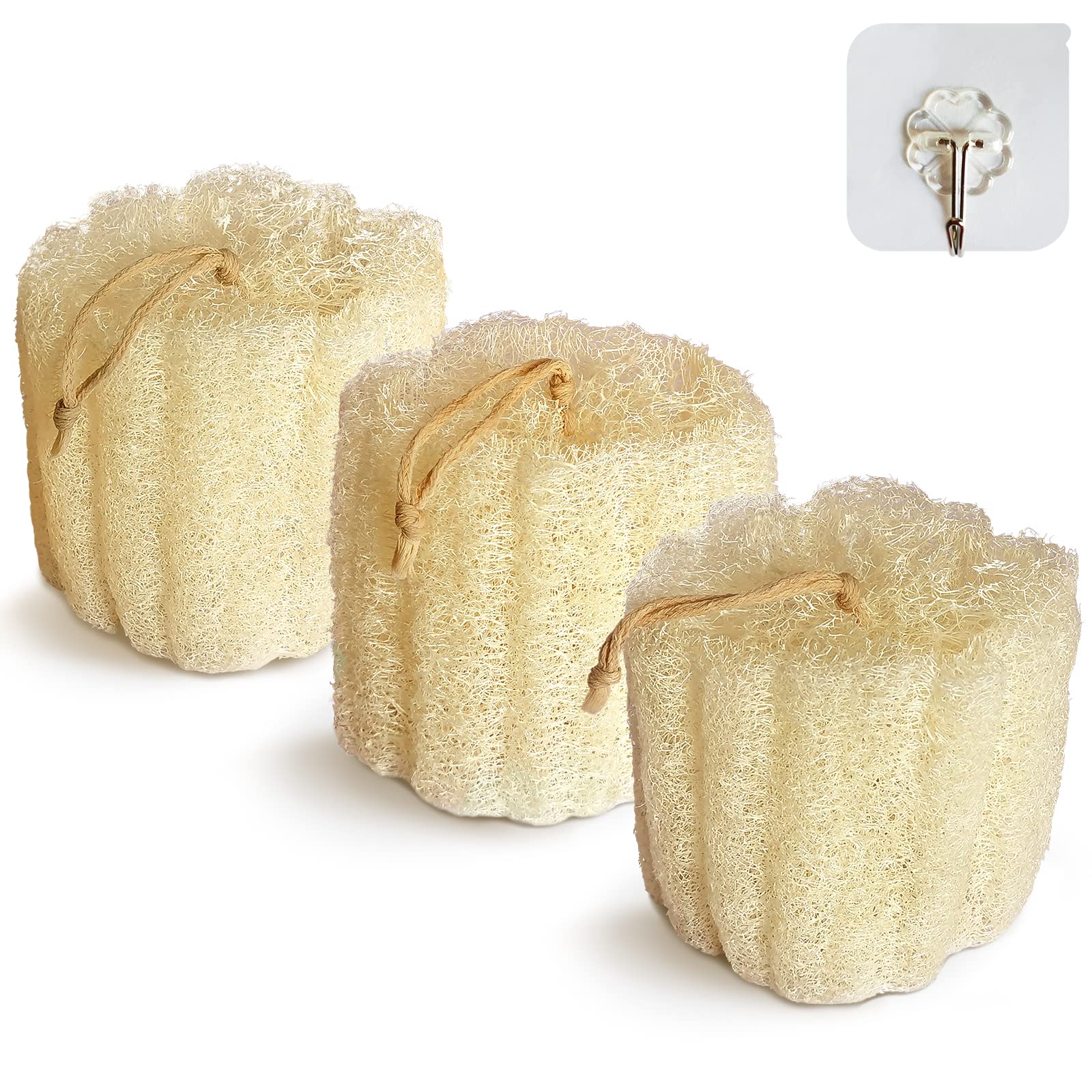When it comes to personal hygiene, using a loofa can be an effective tool for maintaining healthy and smooth-looking skin. However, with regular use, loofas can become worn and less effective, reducing their ability to properly exfoliate the skin. To extend the life of your loofa and maintain its effectiveness, there are several key tips to keep in mind.

Rinse thoroughly after each use
One of the most important things you can do to extend the life of your loofa is to rinse it thoroughly after each use. This helps to remove any residual soap or dead skin cells that may be trapped in the fibers, which can lead to bacterial growth and reduce the effectiveness of the loofa over time. After showering, wring out your loofa and rinse it under running water, making sure to remove all soap and debris.
Store it properly
Another important factor in maintaining the effectiveness of your loofa is proper storage. After rinsing, hang your loofa in a well-ventilated area to allow it to dry completely between uses. Avoid leaving it in a damp or humid environment, such as a shower stall, as this can promote bacterial growth and cause your loofa to deteriorate more quickly.
Replace it regularly
Even with proper care, loofas can only last so long before they begin to lose their effectiveness. Depending on how often you use your loofa, it may be appropriate to replace it every 4-6 weeks to ensure that it is properly exfoliating the skin and removing dead skin cells. Look for signs of wear and tear, such as frayed fibers or a musty smell, and don’t hesitate to replace your loofa if it’s no longer working effectively.
Wash it regularly
While rinsing your loofa after each use is important, it’s also a good idea to wash it regularly to keep it clean and free of bacteria. Once a week, toss your loofa in the washing machine with your towels or other laundry. Use a gentle detergent and wash on a delicate cycle to avoid damaging the fibers. After washing, hang your loofa to dry as usual.
Sharing your loofa with others may seem like a convenient option, but it can actually be quite unhygienic. When you share a loofa, you risk spreading germs and bacteria between people, which can lead to infections or other skin issues.
Don’t use it on sensitive areas
While loofas can be great for exfoliating and smoothing thick skin, they can be too harsh for sensitive areas, such as the face or genitals. Avoid using your loofa on these areas, as it can cause irritation or redness. Instead, use a soft washcloth or gentle exfoliator specifically designed for sensitive skin.
Use a natural loofa
When choosing a loofa, opt for a natural one made from the fibrous material of a loofa plant. Synthetic loofas can be more abrasive and less absorbent, making them less effective at exfoliating the skin. Additionally, natural loofas are less likely to harbor bacteria and can be composted at the end of their life cycle.
Consider other forms of exfoliation
While loofas are a popular and effective tool for exfoliating the skin, they’re not the only option available. There are many other forms of exfoliation, such as sugar or salt scrubs, that can be gentler on the skin and provide similar benefits. Experiment with different forms of exfoliation to find the one that works best for you.
In conclusion, a loofa can be a great addition to your personal hygiene routine, but it’s important to take steps to extend its life and maintain its effectiveness. Rinsing thoroughly after each use, storing it properly, replacing it regularly, washing it weekly, not sharing it with others, avoiding sensitive areas, choosing a natural loofa, and considering other forms of exfoliation are all important factors to keep in mind. By following these tips, you can keep your loofa working effectively for longer and enjoy healthy, smooth-looking skin.